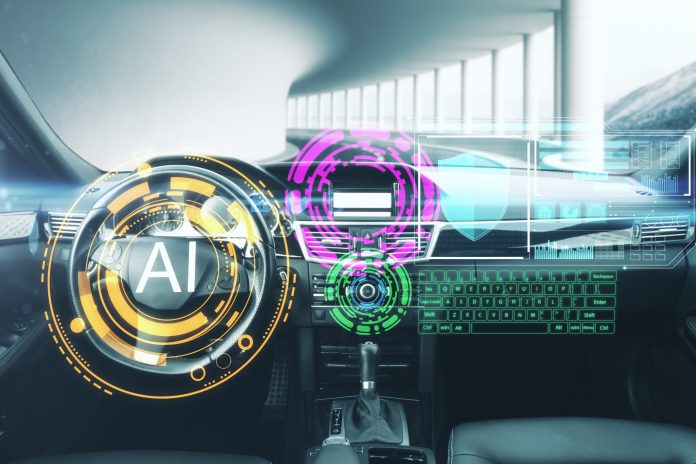The humble automobile is getting smarter by the day. You’d have to have been living under a rock these past few years to have missed the growing electric vehicle (EV) trend and the continuing rise of Tesla. It’s not just EVs and the more forward-thinking brands that are making waves in the industry, though.
Regardless of whether they’re petrol, diesel, hybrid or fully electric, manufacturers are striving to make their vehicles safer, more efficient and more engaging for the user. A big part of that in most new vehicles is the vehicle infotainment system, but what exactly is it and why does it benefit you?
What is a vehicle infotainment system?
The clue is in the name with an in-vehicle infotainment (IVI) system. As you may suspect, an IVI provides a mixture of entertainment and information features to the driver through a video and audio interface, often with a touch screen panel for the user to control the system.
You’ll find some form of IVI in most new vehicles, typically as a built-in integrated head unit or heads-up display (HUD). The global IVI market is already worth into the tens of billions of pounds as the demand for telematics and luxury in-car entertainment features grows.
What are the features?
Every IVI is different, but here are some of the main features you’re likely to find:
- Hi-res touchscreen: Every new car IVI system will feature an LCD or TFT touchscreen, giving users optimal control and the best possible display.
- Multimedia: Modern IVIs are able to transfer video and audio to displays, speakers and headphones in the car, typically via Bluetooth connection (you can also use HDMI or USB cables).
- Smartphone pairing: Smartphone pairing is an essential for modern IVIs so users can access key phone features through their vehicle. That could be a phone call or an SMS, or the user could use Android and Apple compatibilities to play music and more.
- Advanced vehicle controls: Parking assistance, rear view cameras and system functions are just a few of the elements the IVI can assist with.
- Satellite navigation: Sat-navs are a common feature to be built into cars these days, meaning no need for an external device.
Why do you need one?
If you own a modern car, it’s nigh on impossible to manage the innovative features of your vehicle without the help of an IVI. Whether that’s to regular climate control or to turn on a key driver-assist quickly, much of modern driver-tech is hinged on having an IVI as a control module.
Further to that, an IVI adds the driver experience beyond its functionality. Improved entertainment systems can make long family journeys fly by, while a driver can effectively work on the move with smartphone pairing. Essentially, IVI is the car’s answer to manging the exponential rise of technology in modern life.
When it comes to buying a new car, the IVI is likely to start playing a bigger and bigger factor in the customer’s buying decision. You can, if you wish, look to fit a rudimentary IVI into an old car, but if you’re looking to enjoy the full benefits, you’ll probably need to think about saving up for a new one or researching various financial lending options to enable you to do so.









































